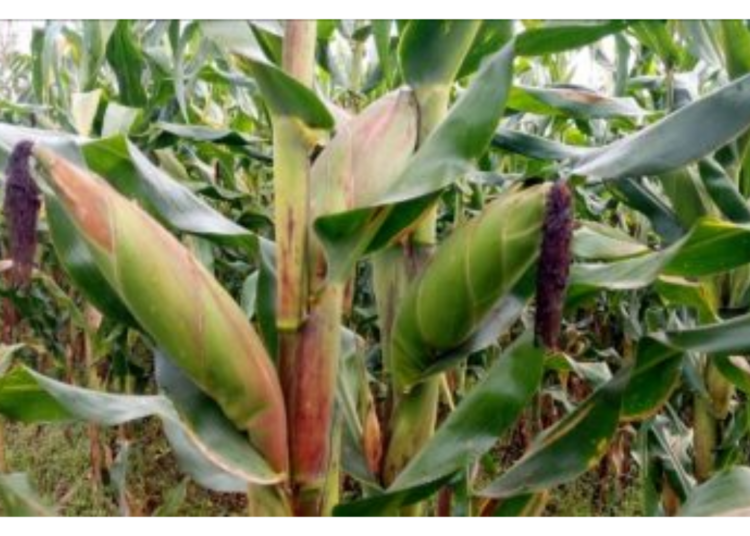Farming in Nigeria has taken a dramatic turn in the right direction in recent years, creating jobs and opportunities for entrepreneurs who dare to go into the farming business.
Millionaires are currently being made every year through farming in Nigeria, and there is certainly no end to the prospects of creating more wealth through farming in the coming years.
For anyone looking at agriculture as an area to invest in, these five top cereal crops give quick returns on investment, in no particular order.
Maize
Maize is one of the most popular crops that thrive in the rainy season in Nigeria.
The majority of maize grown these days does not go to food production alone. When fully utilised, you can get livestock feed from it. Products like ethanol gas, batteries, plastics, crayons, whisky, glue, cough drops, common ingredients in hygiene products, and many medications and vitamins come from maize. The use of maize around the world has prompted some interest in maize as an investable asset.
Maize needs just 90 to 120 days to reach harvest after planting. Whereas a seed can give you over 500 kernels in return, and its harvest success depends on the quality of care you give it.
Wheat
Wheat is a versatile crop that can be used for making flour, bread, pasta, and other food products. It is a significant agricultural practice in Nigeria due to the high demand for the product.
Nigeria is the largest producer of wheat in West Africa, with a production of 420,000 metric tonnes in 2020. Research has been conducted to improve the yield and quality of wheat crops in the country, such as the development of new wheat varieties that are more resistant to diseases and pests.
Wheat is a cool-season crop that grows best in areas with a temperature range of 10–25 °C. It is a high-yielding crop, with a production potential of 5–6 metric tonnes per hectare. And can be grown in both rainfed and irrigated systems, making it suitable for different agro-ecological zones.
Rice
Rice is one of the most consumed staples in Nigeria, with a consumption per capita of 32kg. The country spends about N356 million annually on importation as local production cannot meet the country’s large demand for rice, and that is the reason the country spends a massive amount to import rice on an annual basis.
As such, the authorities in the country have imposed high duties and costs associated with rice importation to make local production attractive. As a rice farmer, one can make close to N800,000 on a hectare of rice. A bag of unprocessed rice is sold at N10,000, and when you sell about 200 bags to an off-taker, that is N2 million.
And if you cannot be the farmer but want to come in as the processor, you can reach out to a farmer willing to sell, then buy it and go and process it. As the off-taker, you can make up to 150 per cent profit, while the direct farmer makes just 100 per cent on the same quantity of rice. A bag of rice is sold for between N25,000 and N34,000, and ideally, a rice farm’s cycle from seedling to harvest ranges from 95 days to 250 days, or sometimes 12 months.
Oats
Oats are among the healthiest grains on earth. They are a gluten-free whole grain and a great source of important vitamins, minerals, fibre, and antioxidants.
Oats were hitherto not cultivated here but are now being cultivated to improve the availability of food in the country. If many farmers can go into it and grow our oats, then, such an amount of money spent in foreign exchange on the importation of oats will be conserved for the country. Oats are tolerant to rust and leaf blight, have a high panicle yield, and have high protein content. It takes between 130 and 140 days to mature.
Millets
Millets are important crops in Nigeria. This crop is favoured due to its productivity and short growing season under dry, high-temperature conditions.
Millets may have been consumed by humans for about 7,000 years and potentially played “a pivotal role in the rise of multi-crop agriculture and settled farming societies. Millets, however, do respond to high fertility and moisture. On a per-hectare basis, millet grain production can be 2–4 times with the use of irrigation and soil supplements.
We’ve got the edge. Get real-time reports, breaking scoops, and exclusive angles delivered straight to your phone. Don’t settle for stale news. Join LEADERSHIP NEWS on WhatsApp for 24/7 updates →
Join Our WhatsApp Channel










